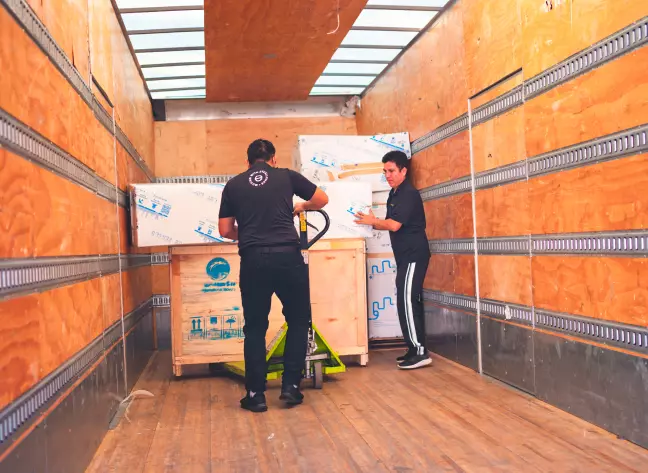As an expat, you will have to get used to so many things before you can completely get acclimated to Italy’s system and culture. Italy is different from the US in so many ways. Here are some of the things you will need to get acclimated to Italy:
1. The Predominance Of Hazelnut
Unlike the US, where almonds and walnuts are preponderant, Italy relies heavily on hazelnut to prepare cuisines. Although Italy is the second-major producer of hazelnuts globally, it doesn’t entirely denote that other nuts are not grown in Italy. Italy is also rich in pistachios, almonds, and chestnuts.
2. Cars And Scooters Own The Road
If you are moving to Italy from US, you will have to get used to using the driveway with scooters. The drivers in Italy are reckless and coupled with the narrow and cobblestone roads of streets. There is a need to be extra careful while resisting the urge to drive recklessly.
Italy has one of the highest death toll levels in Europe, and they have dangerous roads like Stelvio Pass. So, if you are fortunate to own or ship your car, treat it well by driving carefully. Conversely, if you are a pedestrian, tread carefully. Avoid the wildness of reckless Italian drivers.
3. The Unavailability Of Coffee
If you are a coffee lover, moving from the US to Italy would mean that you will have to say a sad goodbye to coffee as Italians don’t drink coffee. The best alternative you would have in Italy is Caffe Americano, which is merely espresso and water. Italians would comfortably have a cup of cappuccino or espresso, nothing like coffee.
4. Papa Equates Pope
For an American relocating to Italy, it is essential to note that the word Papa is used to address the Pope. If you are among the few Americans that call their fathers Papa or who’s kids call Papa, you would have to get used to the startled eyes that would peer directly in your face in Italy if you refer to your dad as Papa or if your kids refer to you as Papa. Instead, Italians call their fathers papà.
5. Dinner Time Is Family Time
Italians believe in family gatherings, and this is often achieved through dinner. Instead of the quick American dinners, Italian dinners take three courses. The first one (primo), which is often pasta, the next one (a secondo), and the last one (dolce) is served.



